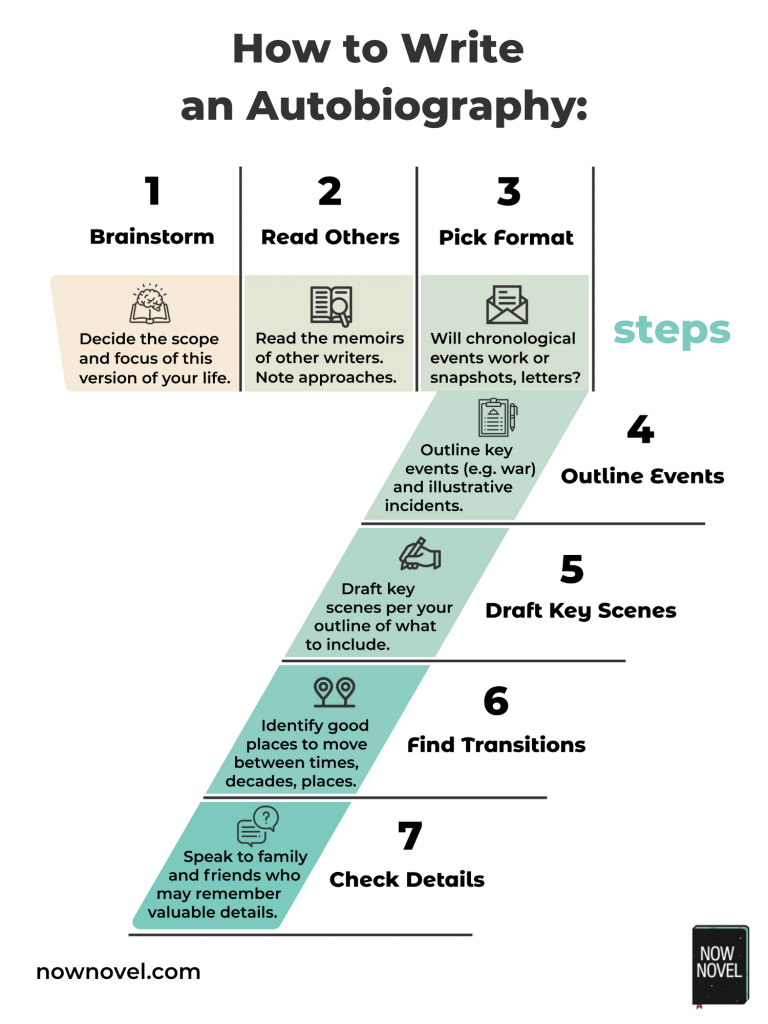In the dance between memory and reflection, the art of writing autobiographies emerges as a profound exploration of self, an intimate excavation of the past, and a creative endeavor that weaves the fabric of one's life into a narrative tapestry. Crafting an autobiography is akin to becoming both the author and protagonist of one's own story, navigating the labyrinth of memories and emotions to articulate the unique melody that defines an individual's existence.
what does an autobiography look likeAt its core, the process of writing an autobiography is an act of self-discovery. It is a deliberate journey into the recesses of one's memory, unearthing the buried treasures of formative experiences, pivotal moments, and the subtle nuances that have shaped the contours of a life. Through the act of recollection, the writer confronts the fragments of their past, arranging them with the precision of a composer orchestrating a symphony.
Autobiography is not a mere chronological recitation of events; it is a deeply reflective engagement with the complexities of human existence. It demands an honesty that transcends the superficial and delves into the raw, unfiltered emotions that accompany the human experience. The writer becomes both the storyteller and the archaeologist, excavating layers of emotions, motivations, and aspirations to construct a narrative that resonates with authenticity.
In the process of crafting an autobiography, words become vessels carrying the weight of memories and the essence of identity.writing autobiographies The writer grapples with language, striving to capture the ineffable nuances of their journey. Every sentence is a brushstroke on the canvas of self-expression, painting a vivid portrait that transcends the boundaries of time. The choice of words becomes a crucial instrument, as the writer seeks to convey not just events but the essence of their lived experience.
The act of writing an autobiography is an exercise in introspection, fostering a deeper understanding of the self. It is a therapeutic voyage, allowing the writer to make sense of their triumphs and tribulations, to find coherence in the seemingly disparate fragments of their narrative. Through the act of putting pen to paper, the writer confronts their own vulnerabilities and strengths, cultivating a sense of self-awareness that transcends the superficial layers of identity.
Autobiography is also a bridge between the personal and the universal. While it delves into the intricacies of an individual's life, written autobiographyit resonates with readers on a broader level, inviting them to connect with the shared humanity that binds us all. Through the lens of a personal narrative, readers find echoes of their own experiences, inviting empathy, understanding, and a shared exploration of the human condition.
In conclusion, writing an autobiography is a nuanced dance with memory, a deliberate act of self-exploration, and a creative endeavor that transforms the ordinary into the extraordinary. It is a testament to the power of storytelling to illuminate the paths we have walked, the lessons we have learned, and the indomitable spirit that propels us forward into the uncharted territories of our own unfolding narratives
